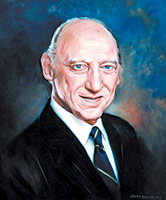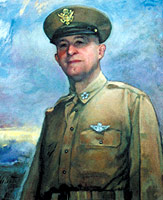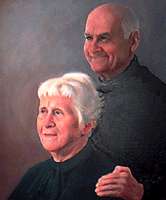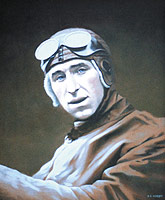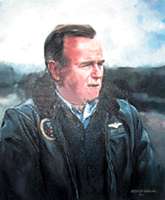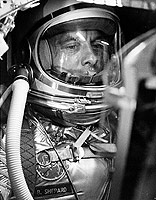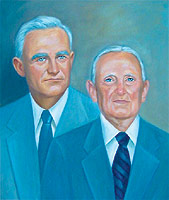Tom Davis
Inducted in 1997
Pioneer In Commercial Aviation
1918 – 1999
Tom Davis was born in Winston-Salem, North Carolina. He fell in love with aviation at an early age when his father took him to see barnstorming pilots fly. By the time he entered high school, Davis was spending his allowance on flying lessons. Davis spent one summer working for his former flight instructor who owned the Camel City Flying Service, which sold and leased planes, performed maintenance and trained pilots.
Early in his senior year at the University of Arizona, Davis quit school and returned home to help his struggling former employer whose company faced overdue loan payments. He helped repay the loan and reorganize the company a few months later. In 1940 he changed the company’s name to Piedmont Aviation, Inc., the holding company for Piedmont Airlines. During World War II, the company trained military pilots.
On February 20, 1948, Piedmont Airlines made its […]

